
Yokai and the Wave of Cloud Computing
On August 23, 2019, Amazon Web Services, Inc., a cloud service of Amazon,AWS), which affected many services in Japan, including internet payments such as PayPay, e-commerce sites, and game sites. The cause was a problem with the control system of a data center in an availability zone (AZ) in the Tokyo region (AP-NORTHEAST-1), which caused the server to go down due to an abnormality in the air conditioning.
Generally, cloud services are considered to have higher availability and are less prone to failures than on-premise services. However, this was a rare case in which a failure occurred that affected multiple major services, which led to it being covered in the news.
Even in this case, the failure could have been avoided by distributing the AZs and creating a redundant configuration, but it would not be wise to pay the high costs of creating a redundant configuration for a failure that could occur at any time, and users are now held responsible for considering how they use cloud services.
With the cloud, once a failure occurs it will affect a variety of services, but from the user's perspective, when a company's own service is stopped, other companies' services are also stopped, so the external impact may be smaller than if only a company's own on-premises service were to stop.
The social trend is to recognize that, rather than leaving everything to the services, users need to compare and evaluate services, consider how to deal with risks, and develop business continuity plans (BCPs).
In fact, it is said that in many cases the cloud is cheaper than building a redundant configuration on-premises to increase availability, and also provides better continuity of service.
In fact, on September 6, 2018,Hokkaido Eastern Iburi EarthquakeIn this case, the company will set up a data center in Ishikari City, Hokkaido.Sakura InternetThe goal is to operate using its own power generation and be able to provide service without issue for up to 48 hours after a power outage, and in fact was able to continue operating without interruption to service even after the earthquake.
Although there is a rare possibility of failures, cloud services are generally highly available, disaster-resistant, and cost-effective, and are therefore adopted by a wide range of industries.

Recently, Fukuoka Financial Group (FFG) announced that it will use the public cloud service Google Cloud Platform (GCP) was announced.
Among regional banks, Yokohama Bank and Chiba Bank announced a comprehensive partnership in July, Hokuyo Bank is considering integrating into the IBM system already in use by Chiba Bank and Daishi Bank of the TSUBASA Alliance, and NTT Data, which is jointly used by Yokohama Bank and Hokuhoku FG (Hokuriku Bank, Hokkaido Bank), among others, is considering building the next-generation system.As the regional bank industry is undergoing restructuring, there are also major moves to consolidate and merge systems used by banks.
Amid this, a huge wave of cloud computing is sweeping in, and a restructuring of the regional banking industry is imminent.
In addition, the Japanese government has formulated a Digital Government Action Plan and is promoting a more advanced digital transformation strategy that goes beyond the "cloud first" approach.Cloud-by-default principle" We are promoting this initiative.
As a concrete measure, there is talk of adopting AWS for the Government Common Platform (Government Common PF).
Even within individual government ministries and agencies, the Ministry of Agriculture, Forestry and Fisheries is working hard to promote digital transformation (DX), for example by building a livestock cloud and providing APIs through WAGRI (agricultural data collaboration platform).
Even local governments are calling themselves smart municipalities, and some are achieving seamless data integration from input to output by moving electronic applications and administrative procedures online, digitizing document management for internal affairs, and accelerating electronic approvals.
In the private sector, in addition to AWS and GCP, there are many cloud services available, such as Microsoft's Azure, and on the application side, most core systems (ERP, BPR) such as SAP and freee, and customer management and sales support systems (CRM, SFA) such as Salesforce are also being moved to the cloud.
It's more like a mirror than a cloud, but it's a mirror outside the clouds.
So far, this story has nothing to do with yokai, but the theme this time is "Cloud"is.
Clouds have long been seen as something that is close to people, yet out of reach and possesses superhuman powers.
Although there are few yokai that are directly based on clouds, there are some yokai that have clouds in their names.

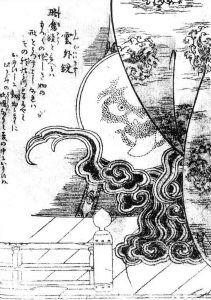
Ungaikagamiwas an ukiyo-e artist famous for his many monster paintings.Toriyama SekienHowever, this monster is based on the demon mirror, and is said to be a type of tsukumogami (a monster transformed from an object) that is a mirror that has been transformed into a monster over the course of a hundred years.
The Demon-Spotting Mirror is a legendary mirror that is said to reveal the true identity of demons, and is said to have discovered the true identity of the beautiful woman, Daji, who corrupted King Chu of the Shang Dynasty.
The name Ungaikyo comes from the ancient Chinese geography book "Mountain and Sea Classic” (Sengaikyo).
By the way, Ungaikyou often appears as an important supporting character in stories about monsters, with the role of discovering the enemy's true identity and shifting various scenes. (For example, the Ungaikyou's grandfather in the movie "The Great Yokai War" and the manga "Ushio and Tora").
Give and take: the mysterious cloud
Sometimes the clouds themselves are monsters.
Mysterious CloudThis is a legend from Iwami Province (present-day Onan Town, Ochi District, Shimane Prefecture).
Kumoi Castle in Iwami Province used the water from the nearby Kumogafuchi for drinking water.
There is a mysterious cloud in this mountain that kidnaps the castle's maids every year, but whenever an enemy attacks, the cloud envelops the castle and protects it.
One year, the lord of the castle defeated the mysterious cloud. Shortly after, an enemy attacked the castle, but the cloud did not protect the castle, so the castle was attacked and destroyed.
Give and take is the basis of business, but the moral of neglecting it and suffering the consequences is a common plotline that appears in fairy tales.
The image of clouds held by people in the past
Son Goku from "Journey to the West" ridesGemini cloud(Kinton) is also a cloud.
Since Son Goku is a god known as the Great Sage who equalizes the heavens, it may be that clouds have long been thought of as a vehicle used by gods.


It's not a monster, butpurple cloudis a cloud on which the Buddha appears to welcome a Nembutsu practitioner at the time of his death, and is considered an auspicious omen.
This is an example of how clouds have long been perceived as lofty and unreachable.
Also,Earthquake cloudAlthough the basis of this phenomenon has not been scientifically explained, there are many sayings about the weather (such as if there is a sunset, the next day will be sunny, if the moon is covered by a shade, the next day will be rainy, etc.), and since these sayings sometimes come true, they can be thought of as a kind of implicit knowledge that people intuitively believe.
By the way, it is said that before a typhoon, the sky and clouds will turn pink or purple.
How to use yokai to combat disasters and solve problems
At the same time, Typhoon Hagibis (No. 19), one of the most violent and powerful typhoons on record, with a scale comparable to the Kanogawa Typhoon, is approaching Japan.
Previously,Disasters and monsters (giant catfish, yaroka water, Ichimokuren)As I wrote in the article, learning about monsters, folklore, cultural anthropology, folklore, and other insights from which people in the past have entrusted their wisdom for life can lead to disaster prevention and the resolution of social problems.
Before long, we may see the day when yokai can help resolve issues such as cloud computing and project failures.
Images: Irasutoya "Cloud Computing Illustration", "Illustration of Son Goku riding on a Kintou Cloud (Journey to the West)", "Ungaikyou" from Toriyama Sekien's "Hyakuki Tsurezurebukuro"
Text by Keijiro Watanabe
References: "Travels and Legends, Vol. 9, No. 5, Issue 101" (Sangensha) (from the database of strange and mysterious monster folklore), "Yanagi Kunio and Kon Wajiro: Folklore in the face of disasters" (Hatanaka Akihiro, Heibonsha Shinsho), "Disasters and Monsters: Walking through Japan's natural disasters with Yanagi Kunio" (Hatanaka Akihiro, Akishobo), "Japanese Monster Encyclopedia" (Mizuki Shigeru, Murakami Kenji, Kadokawa Bunko)
■ Keishiro Watanabe (Kei-chan)
Born in Asahikawa, Hokkaido. Graduated from the School of Human Sciences at Waseda University. An independent researcher of monsters.
He currently splits his time between Sapporo, Hokkaido, and Tokyo, and works as a management and IT consultant, but he studied folklore and cultural anthropology at university, and continues to study yokai as his life's work.
I am currently writing articles about monsters associated with Hokkaido, where I currently live, as well as current news about business and economics.
Twitter:https://twitter.com/keishiro_w
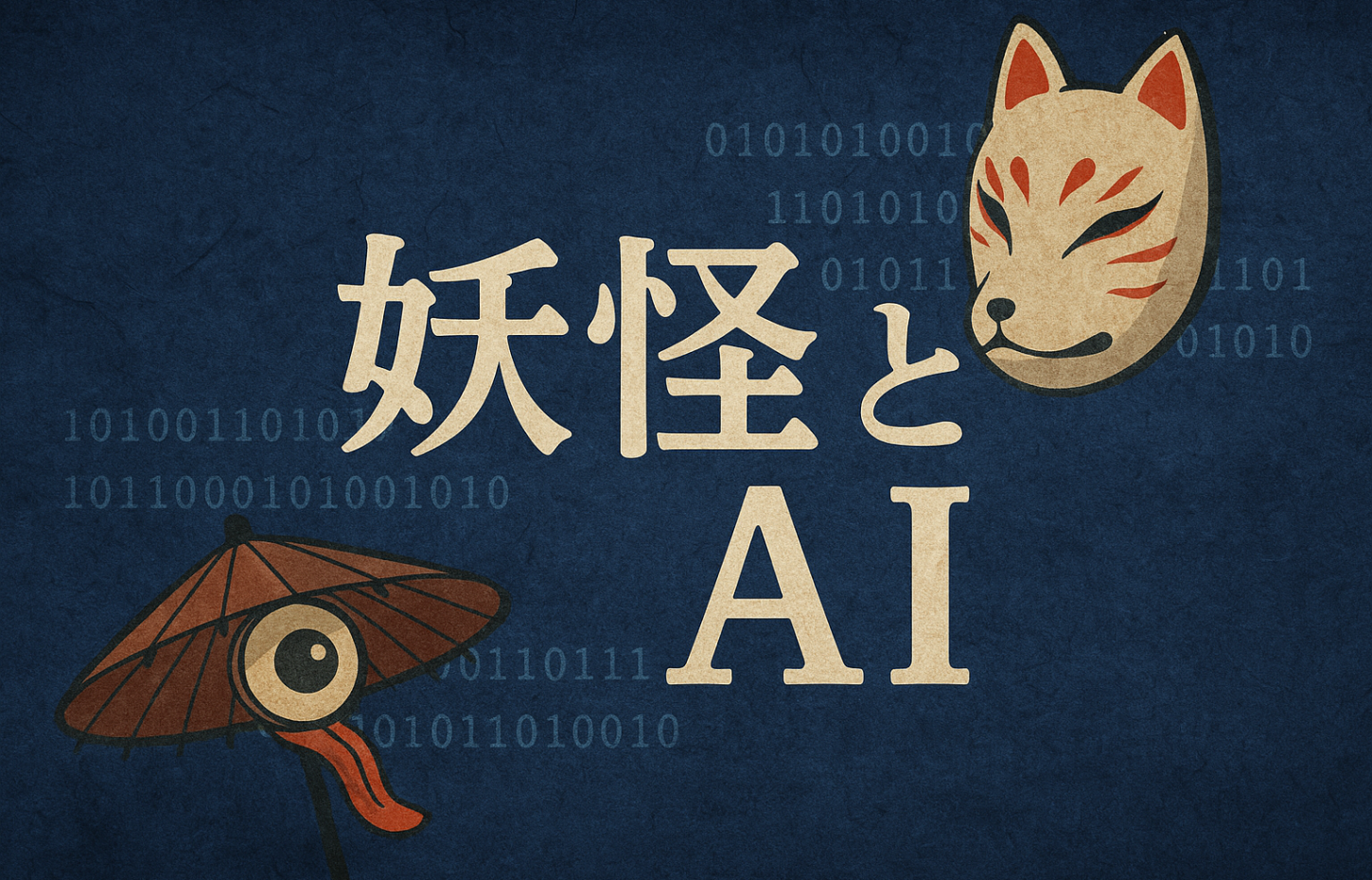

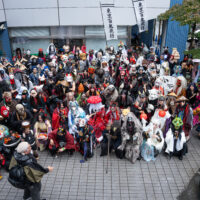
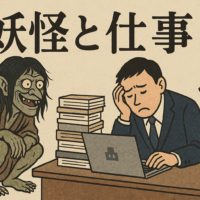
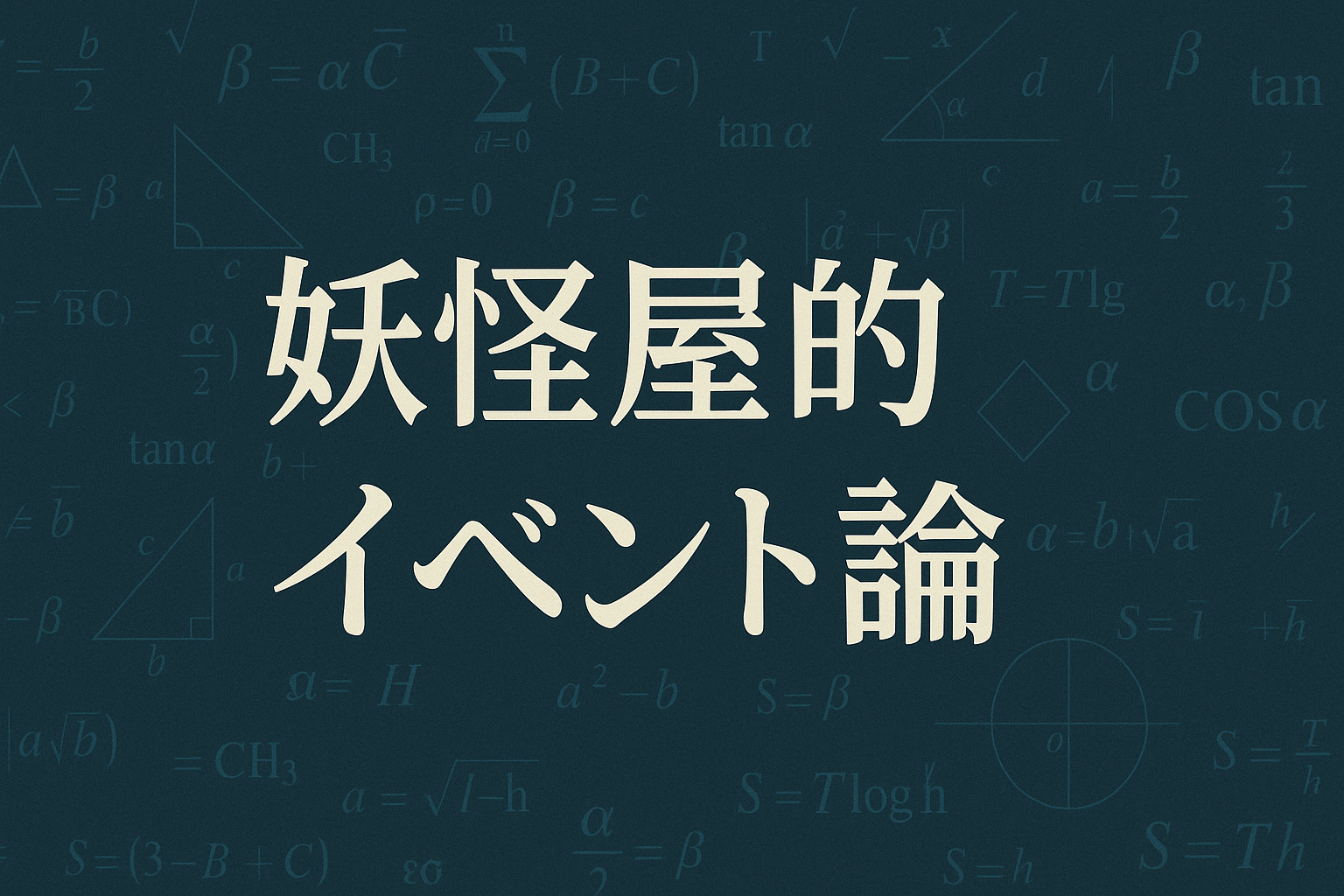



No comments yet.